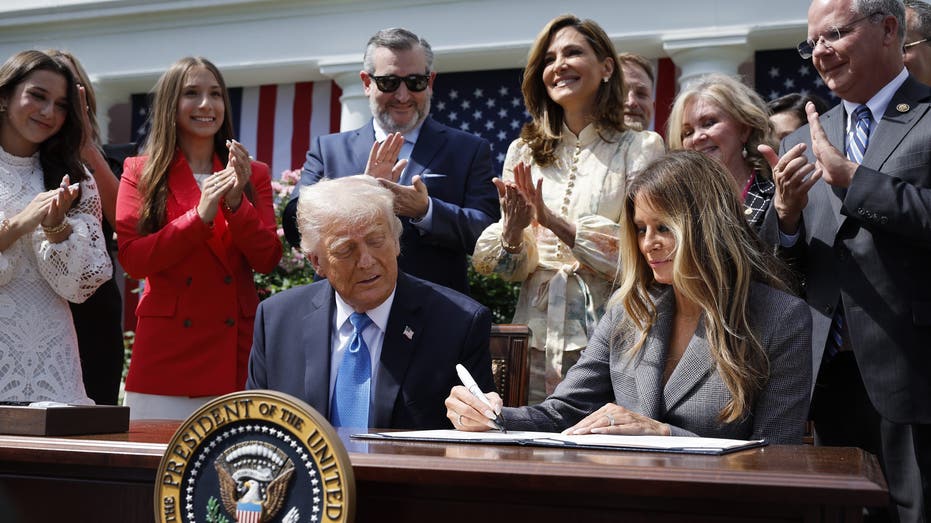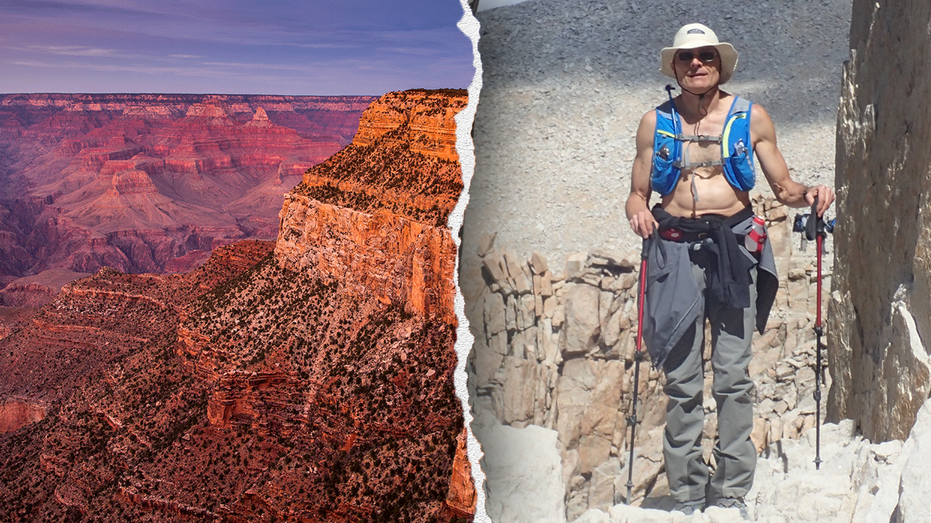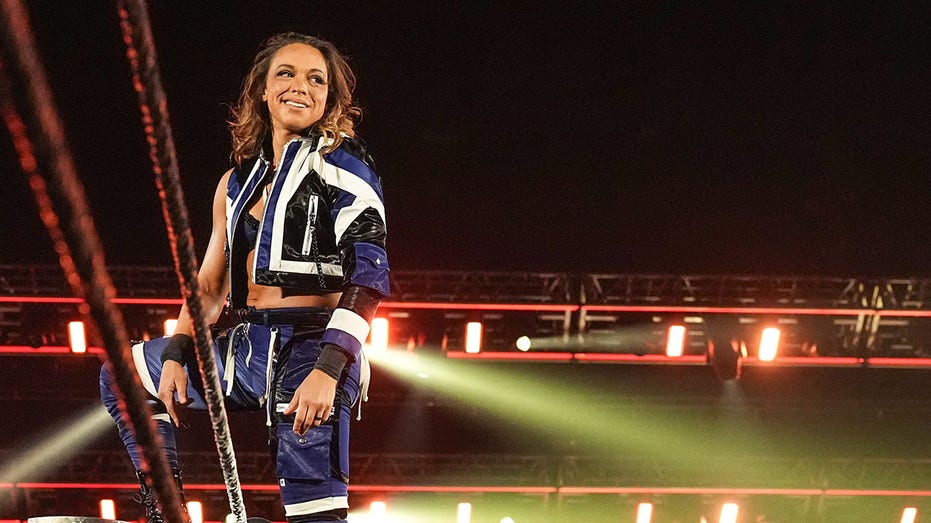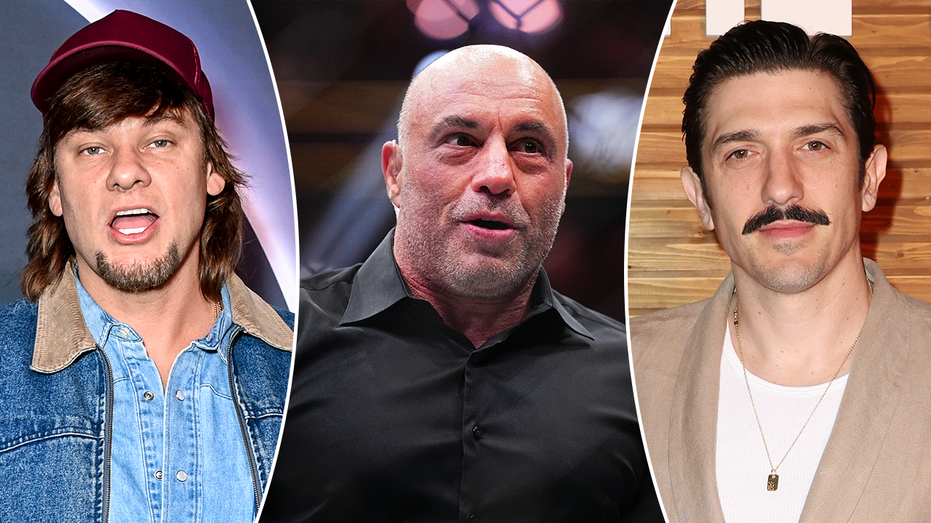- by foxnews
- 23 May 2025
‘People get bored quickly’: how UK teens turned to social media for their news
‘People get bored quickly’: how UK teens turned to social media for their news
- by theguardian
- 26 Jul 2022
- in technology
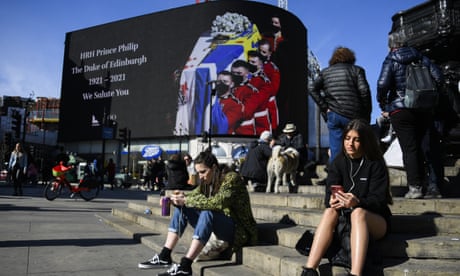
In early March, military experts reported that Russian tanks were sporting handwritten "Z" symbols. The letter, thought to be a staunchly pro-war symbol of Vladimir Putin's invasion of Ukraine, was soon spotted at Russian bus stops, a school, then on a Russian gymnast's uniform during a World Cup event at Qatar. On 8 March, 18-year-old TikToker Matt Welland explained the symbol's meaning and its significance to his 2.4 million subscribers, along with the caption "the 'Z' symbol is more terrifying than you think".
The scale of the influence of social media personalities such as Welland in disseminating current affairs was revealed last week. An Ofcom report found that, for the first time, Instagram was the most popular news source among teenagers, used by 29% of them in 2022, while 28% used TikTok and YouTube.
BBC One and BBC Two, previously the most popular news sources in this age group, were pushed down to fifth place, while TikTok saw the largest increase of any site, going from 1% of UK adults using the site in 2020 for news to 7% in 2022 - the same as Sky News' website and app.
TikTok's growth is mostly down to young people, with half of its news users aged 16 to 24.
Gully Burrows has nearly 464,000 TikTok subscribers and covers quirky news stories. One of his most popular videos on his channel (@gullyburrows) is "what will happen when Philip dies". Published three weeks before the Duke of Edinburgh's death, it has had 16 million views. In it, Burrows speaks in front of a green screen and shows all the events that would follow Prince Philip's death, including the palace alerting the BBC and flags across the country being flown at half-mast.
Burrows, previously a Mirror journalist and now a deputy editor at the National, said young people, and audiences more generally, wanted bitesize news they can fit into their busy schedule. "People get bored quickly. They don't want to be dragged on," he said. "News needs to be incredibly precise."
An age divide within the media has been growing for some time, he said. "I did a placement at the Six O'Clock News for BBC years ago, and young people just aren't watching that show," he said. "People who work at ITV News say the same thing. Their demographic is 60-plus. People don't want to sit down and watch the news for a whole hour any more. If you sit down and watch BBC news, you'll probably hear 10 stories in a half-hour period, but you'd get that in five or 10 minutes on TikTok."
Ilesanmi Oluwasikemi, 16, agreed: "Most teenagers don't listen to the news on TV like older people." She said social media was a way to keep up with current affairs while scrolling.
With 2.4 million subscribers, Welland has one of the biggest UK TikTok news accounts. His channel (@itsmattw_01) covers topics including "what happens when a president leaves office" and "dumbest celebrity purchases". He shares clips in which he asks strangers questions such as, "What conspiracy theory do you believe?"
"I started in 2020," the student from West Sussex said. "I always wanted to do YouTube but never thought I could get big on the platform." But with time on his hands during the pandemic, he gave TikTok a go. "I began posting 20 videos a day and my channel got quite big." His videos regularly reach more than a million views, with his top performing hitting 11 million.
He now wants to transition into traditional media. "I want to make documentaries like Louis Theroux," he said of his career idol.
For some young people, traditional news sources are near-irrelevant. Philip, 16, is interested in current affairs and gets his news through Instagram Stories - an in-app feature where posts disappear after 24 hours.
"The only time I visit news sites is to look further into stories I've heard of or seen," he said. "Physical newspapers are not of interest to me other than being good for starting the living room fire. I don't think I've ever bought or read a magazine either."
Some TikTokers feel they have cracked what young people want from news. Matilda Head, 21, set up a TikTok account (@matildasnewsroom) in 2021 as a student journalist and now has 18,000 followers. Personality is key, she said. "At first I'd write a full script, but over time I began to add more of my character into my videos. Now I'll ad-lib so it's as if I'm talking to a friend, like, 'Did you hear what happened in the Tory leadership debate?'."
Head is not surprised at the latest Ofcom figures, saying her own audience is driven in bulk from 13- to 25-year-olds. Welland reports a similar trend.
"Young people feel they now have their own medium rather than being treated as junior - and often overlooked - participants in mainstream media publics," said Sonia Livingstone, professor in the department of media and communications at the London School of Economics.
But for all its exciting potential, reliance on TikTok for news raises some issues. "Hateful fear-mongering disinformation has always been profitable," said Dr Zoetanya Sujon, senior lecturer at the London College of Communication. "What TikTok brings is a very engaging, friendly platform that is really hard to regulate, with the personalised algorithm in its For You page. It's really hard to identify [problematic] content."
"In the Johnny Depp/Amber Heard case, tons of accounts supported Depp through hashtags, such as, 'I stand with Johnny Depp' or 'Amber Heard is a Turd', getting millions of views and getting shared across all sorts of social media."
- by foxnews
- descember 09, 2016
United Airlines flight returns to Hawaii after concerning message found on bathroom mirror; FBI investigating
United Airlines Flight 1169 to Los Angeles returned to Hawaii after a "potential security concern" aboard the plane. The FBI and police are investigating.
read more

